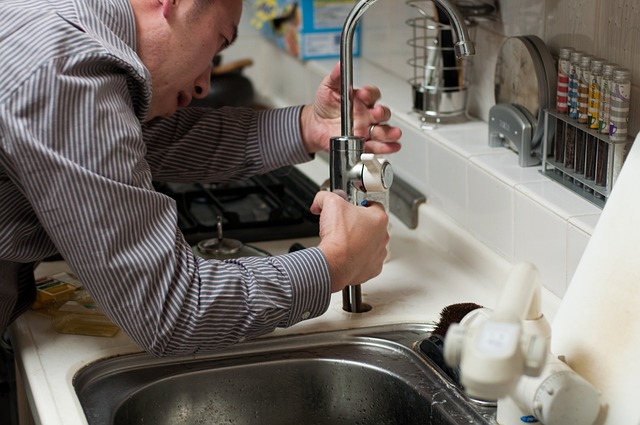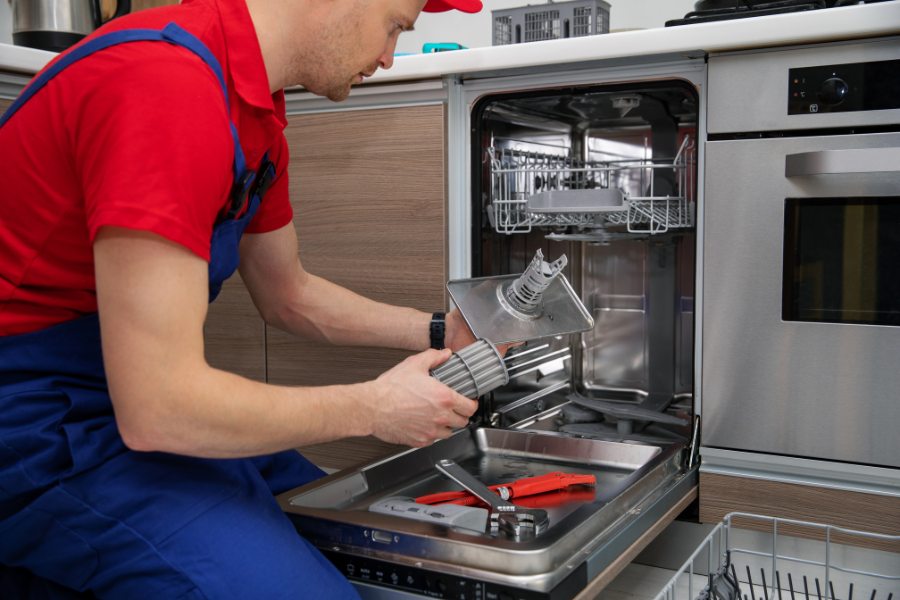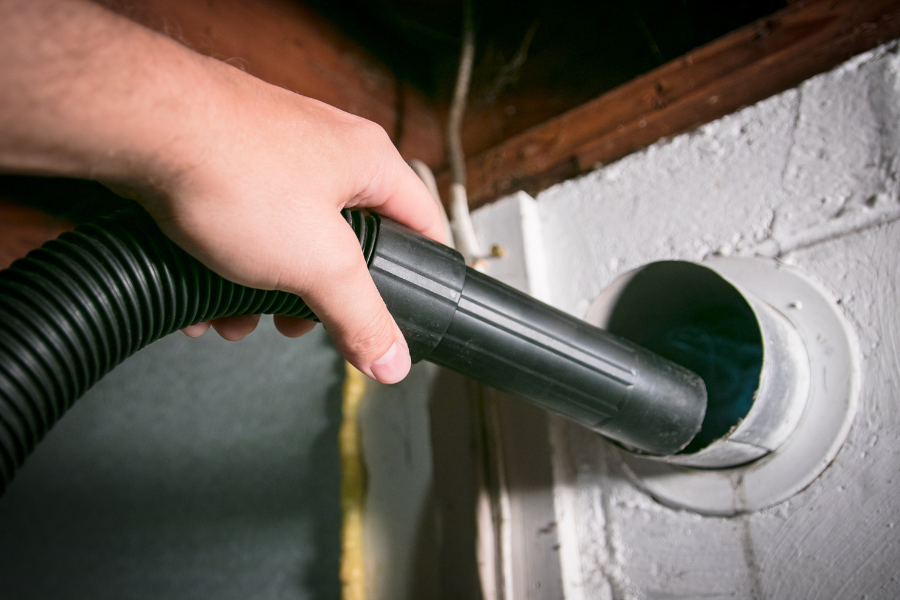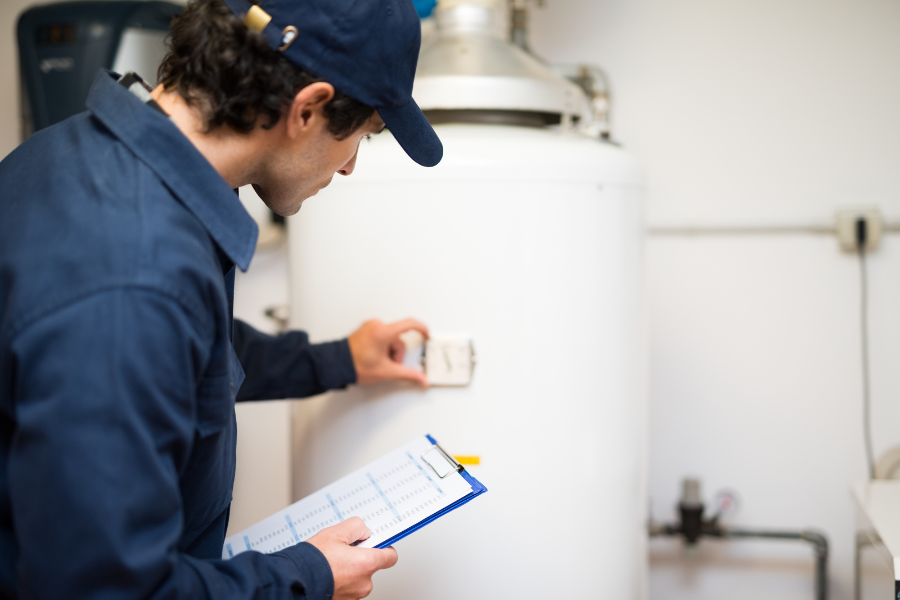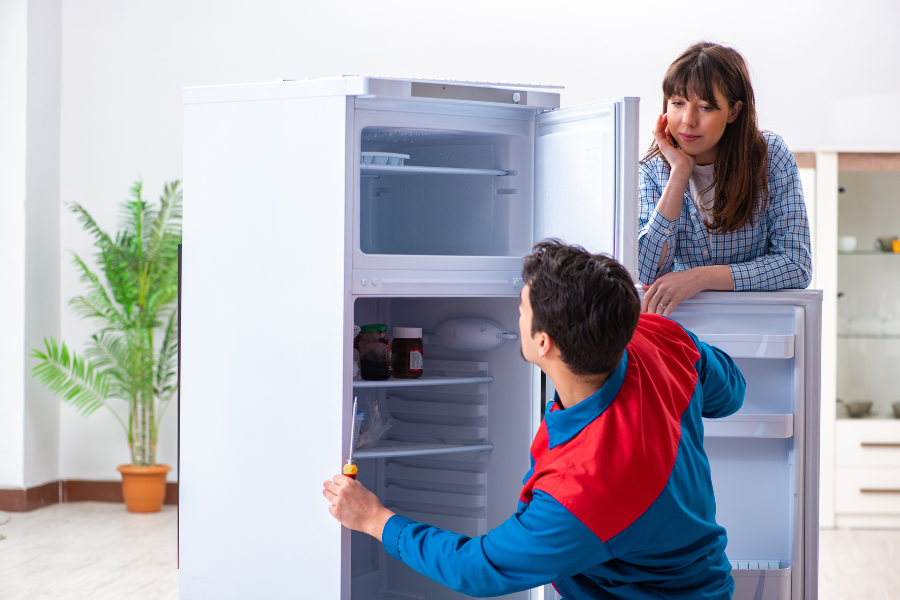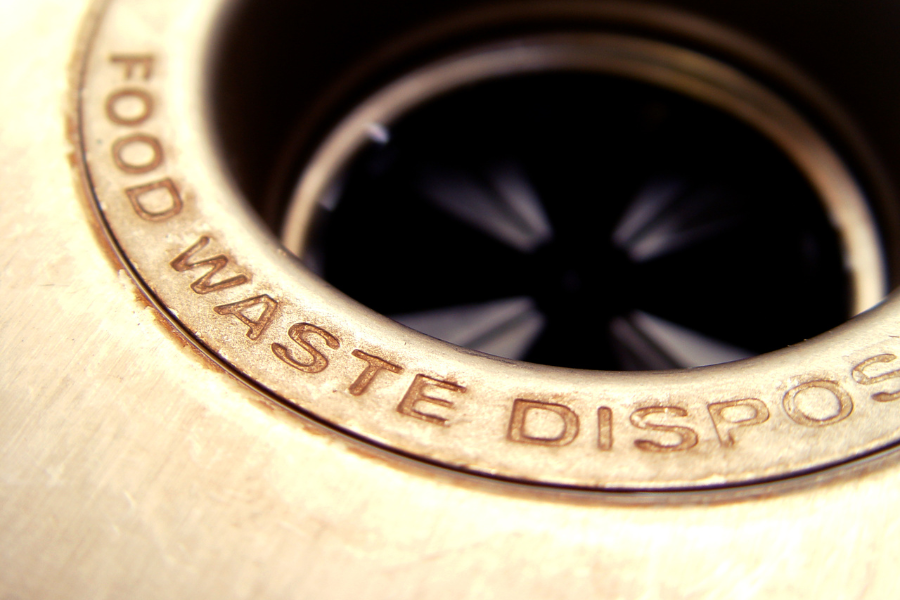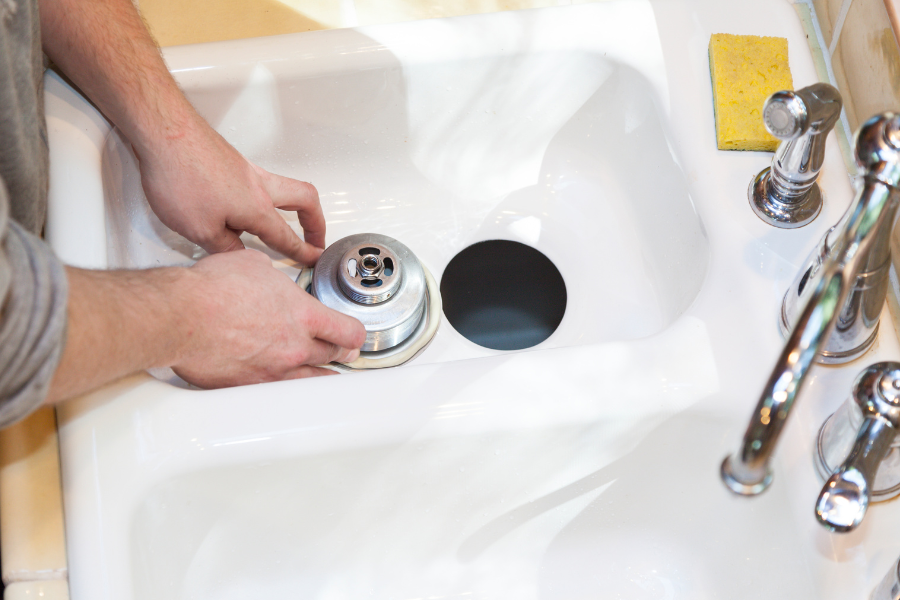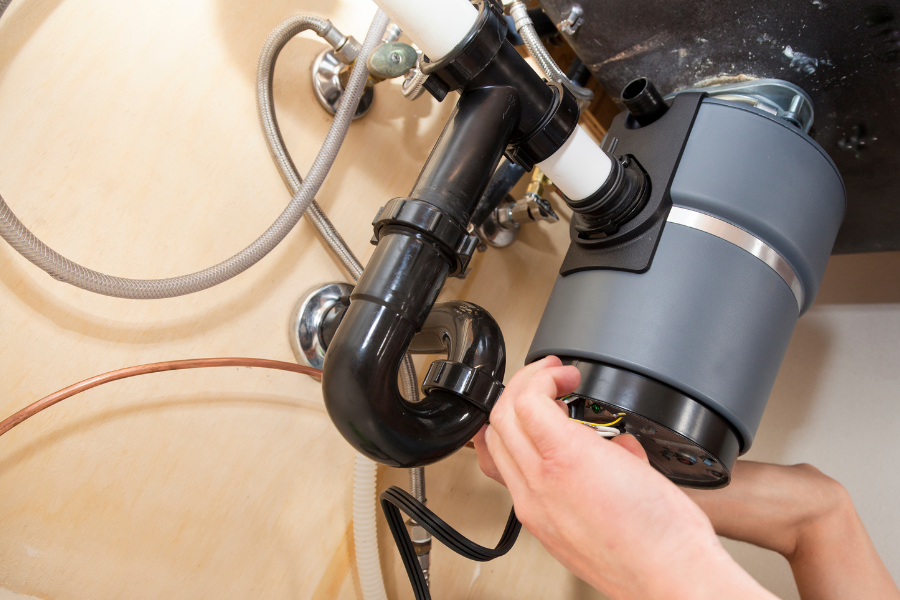Top 10 Winter Home Maintenance Tips to Save on Unexpected Expenses

Winter, with its icy winds and freezing temperatures, often brings unexpected home maintenance issues. However, if you are prepared, it is possible to avoid these unwelcome surprises and save on potentially budget-busting expenses. Here are the top 10 winter home maintenance tips to help you keep your home in great shape and prevent unnecessary costs.
- Insulate Pipes: Freezing temperatures can cause pipes to burst, leading to costly water damage. Insulating the pipes reduces this risk, and a home warranty can provide coverage for such unexpected plumbing issues.
- Clean Gutters: Overflowing gutters due to ice dams can damage your roof and walls. Regular cleaning of gutters can prevent this, and a home warranty can cover potential damages.
- Seal Windows and Doors: Drafts from windows and doors increase heating costs. Sealing these gaps can enhance energy efficiency and reduce heating bills.
- Inspect the Roof: Snow accumulation can lead to roof leaks. Regular roof inspections can detect potential issues early, saving you from hefty repair costs.
- Service Your Heating System: Regular servicing of the heating system ensures it works efficiently through the winter, reducing energy bills. A home warranty can cover sudden breakdowns.
- Check Smoke Detectors: With the increased use of heaters and fireplaces in winter, ensuring that smoke detectors are working is crucial for safety.
- Prepare Your Fireplace: Cleaning and inspecting the fireplace before its heavy winter use can prevent chimney fires and carbon monoxide poisoning.
- Trim Tree Branches: Heavy snowfall can cause tree branches to fall, damaging your property. Trimming branches close to your house can prevent this.
- Protect Outdoor Furniture: Covering outdoor furniture can protect it from winter elements, prolonging its lifespan.
- Stock Up on Winter Essentials: Having items like salt, shovels, and emergency supplies on hand before a storm hits can save you from last-minute, pricey purchases.

Remember, winter home maintenance is not just about immediate cost savings. It’s about preventing bigger, more expensive problems down the line. And while these tips can help you prepare for winter, having a home warranty provides an added layer of protection. Home warranties cover major systems and appliances in your home, providing peace of mind and preventing unexpected repair or replacement costs. So, don’t wait until a real expense comes up – consider investing in a home warranty today.
These are some of the ways to maintain your home this winter. Don’t let winter maintenance catch you off guard. Stay prepared, stay safe, and most importantly, stay warm!

